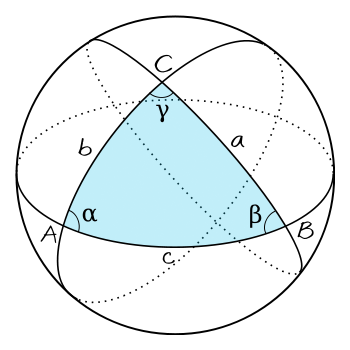A rectangle is inscribed in an equilateral triangle so that one side of the rectangle lies on the base of the triangle. How do I find the maximum area of the rectangle when the triangle has side length of 10?
1 Answer
The maximum area is
Explanation:
This'll be quite a long answer, hopefully it makes sense, but sorry about the length.
Let's call the length, or the side that is on the base of the triangle, L. L can be any number between 0 and 10, as it fits the base of the triangle exactly. The width is the hard part, as it is the part from the base of the triangle to one of the sides of the triangle.
First though let's talk about what the area of a rectangle is. We will use the equation that follows for area of a rectangle:
Let's work on the width: We can draw a right triangle in the corner of the equilateral triangle. The height of the triangle is the width of the rectangle, while the base of the triangle is an equation represented by the following:
Since half the length is the length on one side of the triangle and the maximum length that side can be is 5, we can come up with this equation for the base length.
Now in this triangle, we include the angle of the larger triangle, which we will call
To find
Now that we know this, we can relate it to the smaller triangle that we made earlier. To find the height of the triangle at any length L, we can use a relationship with the tangent trigonometric function.
So:
We know what theta is now, and
So now we can go back to our simple area equation and plug in what we know.
This is where it gets tough for me to explain. In calculus we can use the derivative of the above to get where L maximizes A. In Algebra though, I'm not quite sure. My best guess is that we want to maximize the multiplier on the area, or maximize the
After that we plug our length into the area equation and solve for area, getting the maximum area to be
Hopefully this helps, and I apologize for the length.

